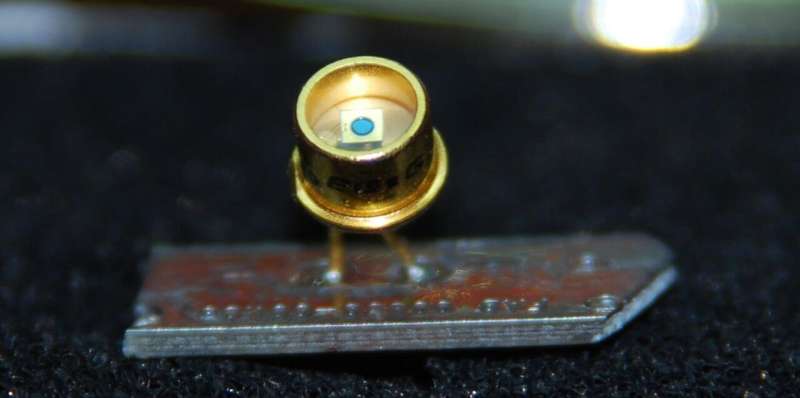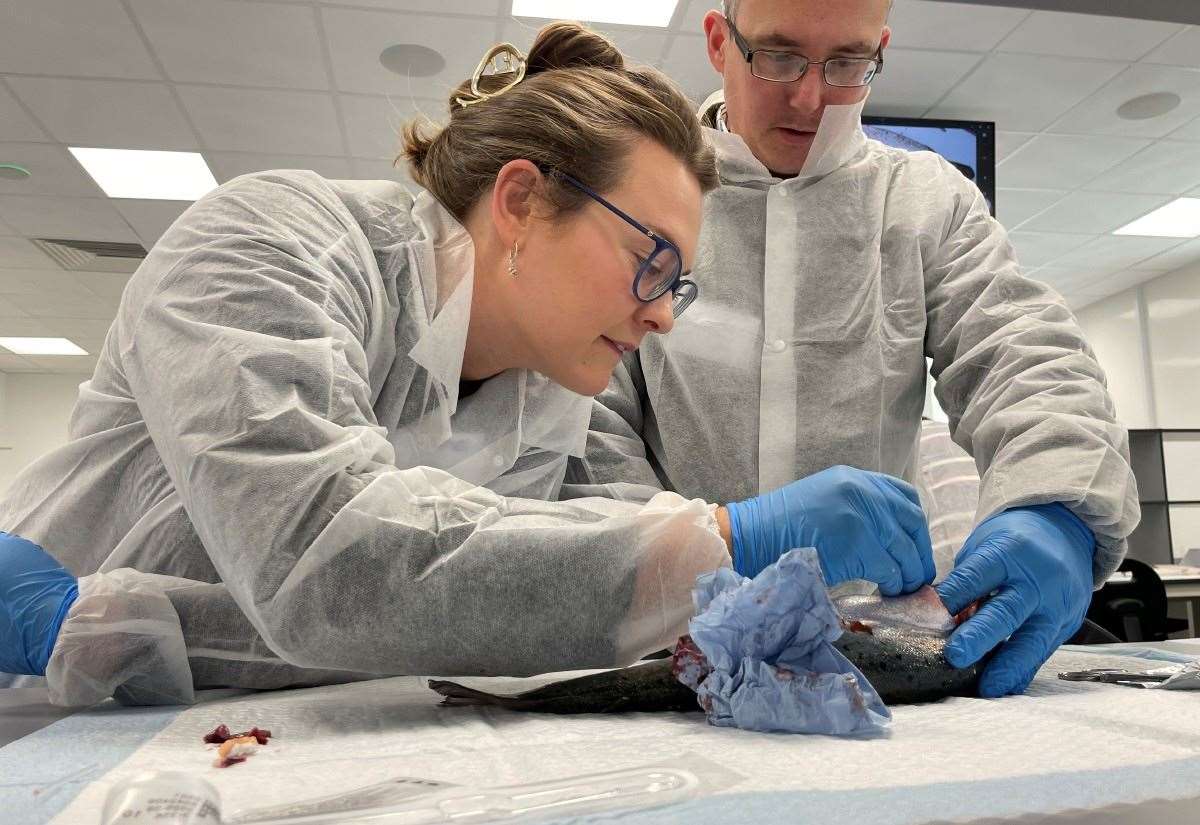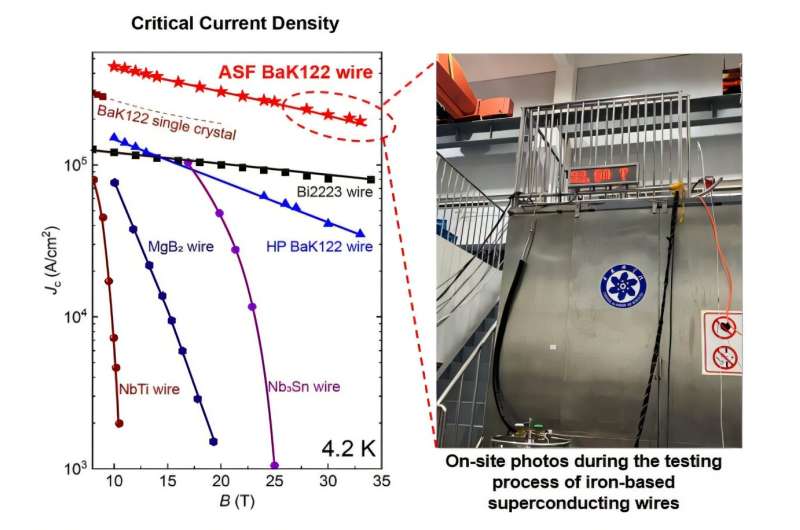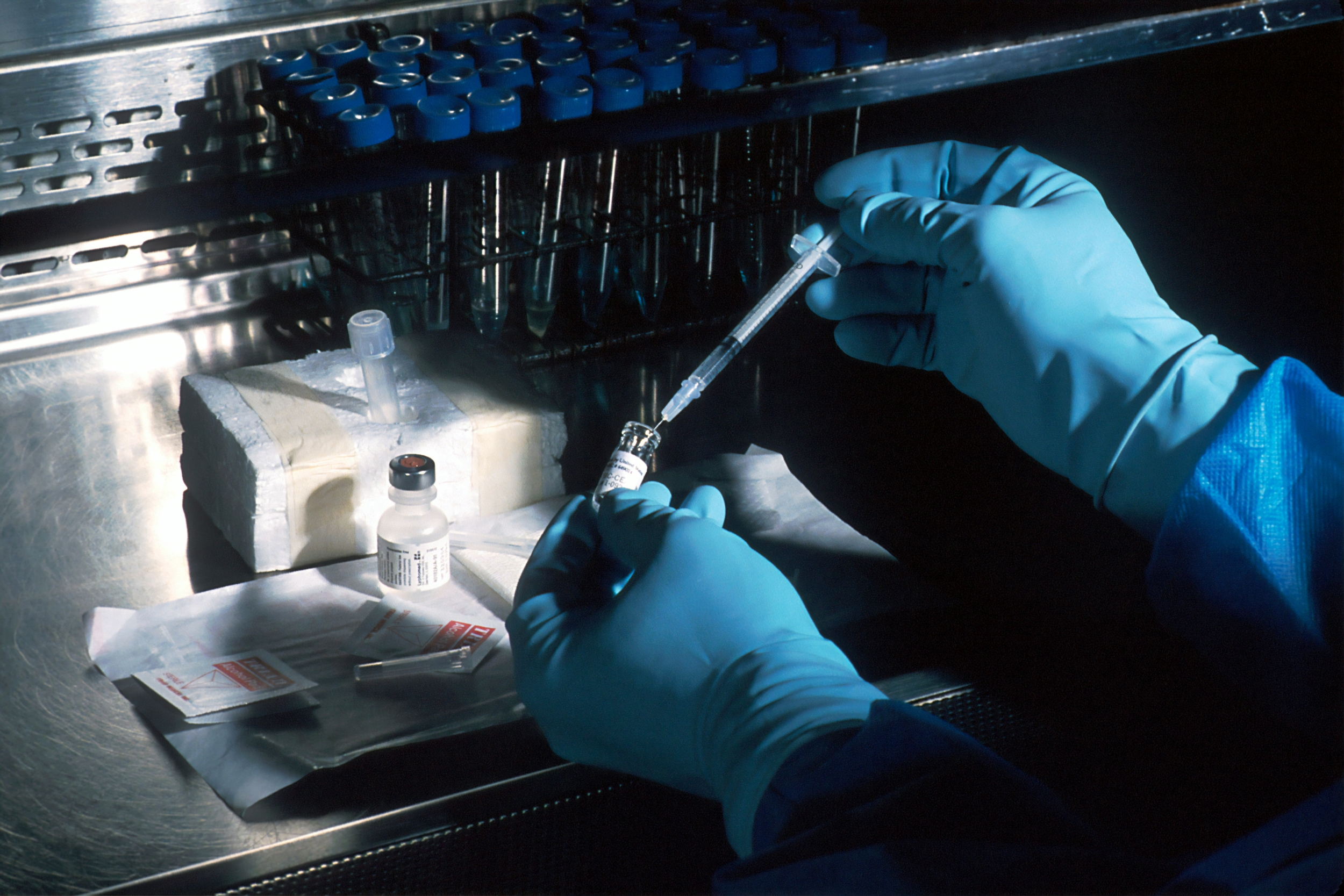Recent advancements in avalanche photodiode (APD) technology aim to enhance the detection of ultraviolet light, particularly in the near-ultraviolet (NUV) range. A team led by Dr. Jonathan Schuster from the DEVCOM Army Research Laboratory has developed a numerical model that optimizes the design of Geiger-mode avalanche photodiodes (GM-APDs) to improve their performance in these critical wavelengths. This innovative research was published in the IEEE Journal of Quantum Electronics on November 4, 2025.
Avalanche photodiodes are known for their exceptional sensitivity, capable of detecting single photons. This detection relies on a process called impact ionization, which generates electron-hole pairs when photons of certain wavelengths are absorbed. When biased above the “breakdown voltage,” these devices can produce a self-sustaining electrical pulse, making them invaluable for various applications.
For effective detection of photons in the presence of competing ionization mechanisms, GM-APDs must exhibit a high probability of absorbing incident photons, known as unity-gain quantum efficiency (QE). Researchers have identified that GM-APDs utilizing 4H-silicon carbide (4H-SiC) demonstrate high single-photon detection efficiency, particularly in the deep-ultraviolet (DUV) spectrum around 280 nanometers. However, improvements are necessary for detection at higher wavelengths, where absorption efficiency decreases.
To enhance photon capture efficiency, researchers typically increase the thickness of the absorber layers in APDs. While this approach can lead to better performance, it also presents significant design challenges. Dr. Schuster explained that “APDs with much thicker absorber layers (10s of microns) must be utilized to improve the NUV response, which necessitates switching from a conventional PIN architecture (usually <3μm thick) to a separate-absorption charge-multiplication (SACM) architecture." This transition introduces unique complications, particularly regarding the structural design of the devices. The team explored two architectural designs: non-reach-through (NRT) and reach-through (RT). Each design has its specific considerations and potential benefits. The NRT-SACM APDs achieved a unity gain QE of up to 32%, while the RT-SACM designs reached an impressive unity gain QE of up to 71% for photons at a wavelength of 340 nanometers. These advancements also ensure a robust electric field within the multiplication layer, crucial for effective Geiger-mode operation. The researchers noted that achieving optimal performance in the NRT-SACM architecture required careful engineering of doping profiles. This balancing act is essential to maximize minority carrier diffusion length in the absorber layer while minimizing potential barriers at the interface with the charge layer. Conversely, in the RT-SACM architecture, a narrow range of total charge in the charge layer must be achieved to maintain a non-zero electric field in the absorber layer while operating effectively above avalanche breakdown. The findings from this study offer critical design rules for optimizing GM-APDs for single-photon counting applications in the NUV wavelength range. Notably, the research highlights that charge layer designs in APDs exhibit limited flexibility regarding layer thickness and doping variations, complicating fabrication processes. 4H-SiC avalanche photodiodes have a wide array of applications in ultraviolet photon detection, including solar-blind ultraviolet detection, combustion monitoring, and environmental ultraviolet monitoring. The numerical model developed by Dr. Schuster and his team could pave the way for the creation of more sensitive and efficient APDs, significantly broadening their practical applications. For further details, the study can be referenced in the IEEE Journal of Quantum Electronics, under the title “Design Challenges in Binary 4H-SiC NUV-Enhanced SACM APDs.”







